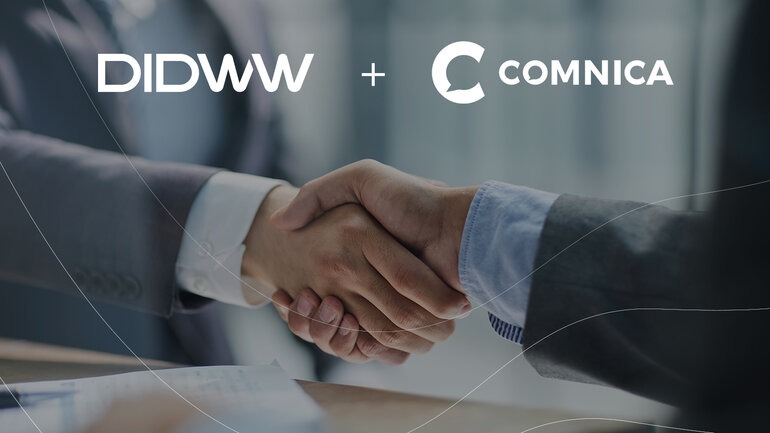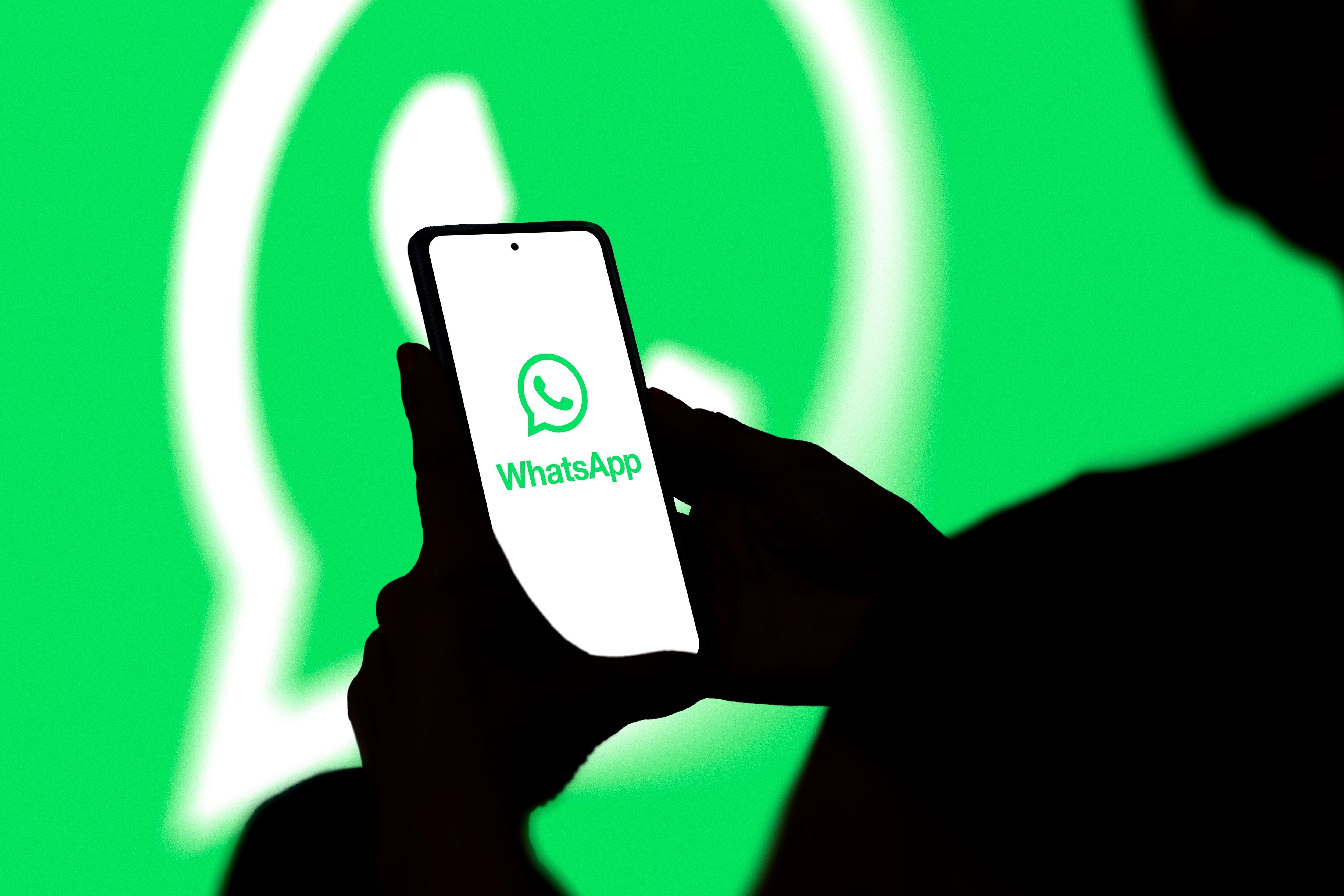In the ever-evolving landscape of communication technology, A2P messaging has become an integral part of businesses’ consumer engagement strategies. As companies seek to leverage the power of SMS and MMS to connect with their customers effectively, compliance with industry regulations is crucial to maintaining reliable and uninterrupted communication channels.
To shed light on the recent changes in the A2P messaging industry, we sat down with Aaron Alter, the CEO and Co-Founder of Telgorithm, a leading cloud communications enablement API platform. Telgorithm delivers automated and reliable A2P text messaging API solutions, assisting businesses in navigating the complexities of the ever-changing A2P messaging market while scaling their operations seamlessly.
In this Q&A session, Aaron shares expert insights on the significance of 10DLC (10-Digit Long Code) registration deadlines set by messaging providers and carriers, elaborates on the benefits of 10DLC registration, strategies to expedite the campaign vetting process, and the tools and resources available to streamline the registration journey.
If you utilize A2P messaging, don’t miss this valuable discussion on ensuring reliable and compliant communication channels in the evolving A2P landscape. Let’s dive in.
Can you provide an overview of the recent changes in 10DLC registration deadlines set by messaging providers and carriers, and explain what these deadlines mean for businesses relying on A2P messaging?
Aaron: Registration of business text messaging has existed since 2020, but it wasn’t until now that registration is being strictly enforced. In an effort to mitigate spam being sent to consumers, as of 2023, all major messaging API providers have set mandatory deadlines for SMS registration for any businesses sending local number or 10-digit long code (10DLC) messages in North America. If businesses leveraging 10DLC messaging do not register by the enforced deadline, their messages will be blocked affecting text messaging deliverability, revenue and customer retention.
The biggest announcement came from Twilio – one of the longest standing messaging API companies in the industry – who announced a complete cutoff of unregistered 10DLC messages by August 31 of this year with no extensions.
Additionally, some of the largest Carriers in the industry like T-Mobile, AT&T, and Verizon, have already enforced higher pass-through fees on unregistered messages being sent to encourage businesses to register. Fees have increased as high as 150% on SMS and 200% on MMS.
These deadlines and enforcements mean businesses leveraging business texting messaging, also known as Application-to-Person (A2P) messaging, need to get registered and vetted quickly in order to avoid disruptions to their messaging which would impact their revenue and customer experience.
The only problem is, due to the extreme and sudden deadlines, the mad dash to registration has caused a massive bottleneck resulting in 4-8+ week delays to be fully registered. So businesses need to get registered by the deadline, and if they haven’t started the process yet or are still waiting to be approved – they are running out of time.
Why is 10DLC registration now required for businesses using A2P messaging? What factors or industry considerations have led to the implementation of this registration process and the associated deadlines?
Aaron: When SMS was created it was only intended for us to message each other one to one or Person-to-Person (P2P). When businesses started to leverage SMS for reaching consumers, there were no clear rules or systems in place for this type of messaging so it was easy for bad actors to slip through the cracks and spam consumers. In an effort to mitigate the amount of spam being sent to mobile users, Mobile Carriers came together and established the Application-to-Person (A2P) pathway for messaging, essentially meaning a path for text messages that are sent from a business via SMS API, platform, or application to a person, usually a customer. In order to verify that these businesses were sending legitimate, opt-ed in messages, the Mobile Carriers employed a third party authority called The Campaign Registry (TCR), to validate all businesses leveraging A2P or business text messaging to protect mobile users from scammers and reduce the risk of SPAM.
But up until 2023, most major messaging API providers were not enforcing this new A2P registration process causing the adoption to be very slow and spam to still split through the cracks. This is largely due to the process being relatively new, causing a lot of confusion in the industry. The benefits and streamlined process of SMS registration weren’t widely shared by messaging API providers, so many businesses opted to continue sending unregistered 10DLC traffic (despite paying 4x higher Carrier pass-through fees).
As a legitimate and verified sender, you are rewarded with higher throughputs/rate limits and improved deliverability due to removed filtering. Additionally, your Carrier pass-through fees are drastically reduced.
With the approaching deadline for 10DLC registration, many businesses are concerned about the impact on their operations. What steps can businesses take to quickly register their 10DLC traffic and ensure uninterrupted A2P SMS service?
Aaron: Businesses need to partner with A2P SMS providers who are experts on A2P 10DLC and support them through the entire process because with tight deadlines, there is no room for mistakes. Telgorithm has been educating our customers on 10DLC registration and enforcing registration from day one because we foresaw this shift in the industry.
Not only are we able to automate TCR registration, as early adopters of 10DLC, our trusted relationships with Direct Connect Aggregators (DCAs) and TCR itself have enabled us to expedite TCR Campaign vetting approvals so you can send fully registered messages in just 5-7 days (vs. the average 4-8+ weeks our competitors offer). We also built the industry’s only automated rate limit management tech to ensure you never exceed Carrier limits for zero disruptions and an average of 99% deliverability.
And we don’t want you to just take our word for it. If you are currently a Campaign Service Provider, you can run an easy demo with us in which Telgorithm will send any of your Campaigns upstream to the DCA on your behalf to see for yourself how quickly it will be approved. This is free, requires zero coding and no contract.
From a business perspective, what are the benefits of 10DLC registration? How does it contribute to the overall success and effectiveness of A2P messaging campaigns?
Aaron: Businesses sending registered and compliant 10DLC traffic are rewarded with higher throughput/rate limits, zero filtering for improved deliverability, and lower Carrier pass-through fees. It’s the best 10DLC messaging experience for a positive ROI.
Higher throughput or rate limits means an increased number of text messages a Campaign is able to send within a specific time period. It’s important to know that each Carrier monitors rate limits differently. For example, Verizon monitors by messages sent per number per minute; AT&T by messages sent per Campaign per minute. T-Mobile, on the other hand, has a daily cap, monitoring messages sent per day, inclusive of all Campaigns that sit under the given Brand. If you exceed a Carrier’s allotted throughput/rate limit, your messages will be dropped or blocked and you will still be charged for these undelivered messages to the consumer. Higher throughput/rate limits means more messages out and less messages blocked for businesses if they aren’t managing their limits.
For businesses managing their rate limits, this means more messages out and no messages blocked for optimal deliverability. How do you manage rate limits?
Telgorithm’s patent-pending Smart Queueing is rate limit management tech that automatically tracks and manages all text messages being sent out so that a business never exceeds their approved throughput/rate limits. This is done without having to cap a business’s messages either (which most providers are doing in order to not exceed limits rather than strategically managing the limits). We can guarantee that our customers will never experience dropped or blocked messages due to exceeding their limits, and they will only pay for successfully delivered messages.
Campaign vetting is an essential part of the A2P 10DLC registration process. Are there any strategies or best practices that businesses can employ to expedite the campaign vetting process without compromising compliance or quality?
Aaron: Telgorithm is able to support businesses with TCR registration at the touch of a button, and have Campaigns vetted in days so they can send fully-registered messages in a week.
Our team of experts walk businesses through every step of the Campaign vetting process, including how not to get Campaigns rejected. There are many steps and nuances to keep in mind in order to not slow down the process for yourself.
We can provide businesses with an interactive tour to guide them through the entire process.
Campaign rejections can cause delays and frustration for businesses. What are some common reasons for campaign rejections, and what proactive measures can businesses take to minimize the likelihood of their campaigns being rejected?
Aaron: The most common reasons for Brand rejections include:
- Incorrect Legal Company Name: It is critical that the company name of the Brand you are registering for matches the EIN for it to be correctly verified.
- Typos: Enter your information carefully – human error can be a challenge and can significantly impact your verification process.
- Skipping DUNS, GIIN or LEI Number: This section is optional but helps TCR to identify your Brand. If you choose to, select an “Alternative Business ID” (from a dropdown) on the left and enter the number on the right.
- Inaccurate Business Location: Important! Specify the address, city, state, zip code, and country that is on file with the IRS through your EIN.
- Not having a proper Website/Online Presence: It is a requirement to have a website or online presence to get approved, do not skip this.
- Missing Contact Info: For Sole Proprietor Brands*, the mobile number field is required and will be used to perform OTP.
The most common reasons for Campaign rejections include:
- Clear Call-to-Action / Message Flow: Clearly describe how you’re getting opt-ins from your customers
- Include Sample Messages: Share a minimum of 2 sample messages and ALWAYS include opt-out language
- Subscriber Opt-in / Opt-out: Must mark both as “yes” – we strongly encourage including keywords
The process of registering 10DLC traffic can be overwhelming for businesses, particularly those with limited technical knowledge or resources. Are there any tools, resources, or services available that can assist businesses in streamlining the registration process?
Aaron: Yes. Telgorithm offers automated TCR registration for quick and easy set up. Telgorithm is partnered with TCR for an API-based 10DLC registration, saving customers time by registering in minutes. How it works is Telgorithm has integrated its APIs with TCR’s API, so that when customers register as Campaign Service Providers (CSPs) with TCR, the information inputted gets sent directly to Telgorithm. It is then automatically imported into the customer’s Telgorithm account, so they do not need to fill it in twice. The automation significantly reduces the risk of typos and speeds up the registration process.
Given the confusion surrounding 10DLC registration, what educational initiatives or resources are being provided by Telgorithm to help businesses understand the requirements, deadlines, and steps involved in the process?
Aaron: In order to get registered and vetting quickly to avoid missing the industry deadlines, businesses can refer to Telgorithm’s blog resources on expediting 10DLC registration and Campaign vetting, watch Telgorithm’s latest webinar on understanding the new regulations and requirements or contact an expert directly to receive immediate support and guidance.
Lastly, can you offer any advice or recommendations to businesses on how they can navigate the current landscape of A2P messaging, 10DLC registration, and compliance effectively, ensuring their communication channels remain reliable and compliant with the evolving regulations?
Aaron: Make sure to keep looking down the field. The challenges do not stop once you are registered and compliant.
New 10DLC regulations means we need to be thinking about managing 10DLC differently. Telgorithm created the first-of-its-kind tech to guide you through the new age challenges of 10DLC deliverability and compliance.
For instance, we’ve seen how manual processes have slowed things down in the A2P industry. Telgorithm offers automations to simplify and speed up everything from integration, TCR registration, number purchasing and migration, 10DLC compliance monitoring, rate limit management and more.
The whole purpose of registering your 10DLC traffic is to acquire higher throughput/rate limits. You need to be managing those limits or they are being wasted. Partner with a A2P SMS provider who offers next gen features like Telgorithm’s rate limit management tech called Smart Queueing for 99% deliverability, prioritized sending of queued messages with Message Prioritization, list maintenance with Number Verification and more.
Lastly, a provider should be an extension of your team who wants to see you succeed. If you don’t have access to a dedicated support team with open lines of communication between your team and our 10DLC experts, what are you even paying for? Partner with the right provider to guide you into the new world of A2P 10DLC.
Telgorithm is the future of A2P text messaging for any business offering SMS & MMS messaging to their customers today.







